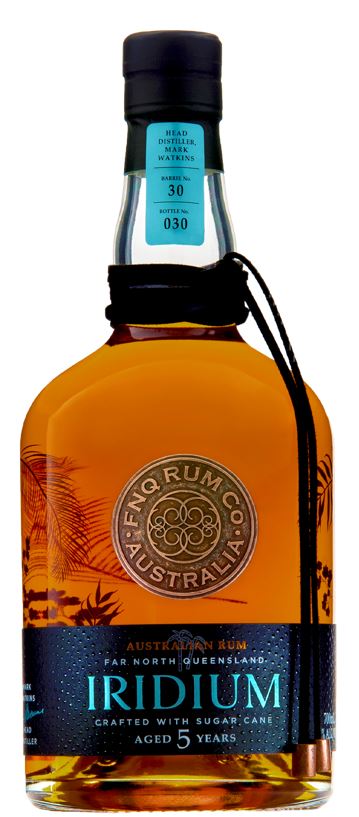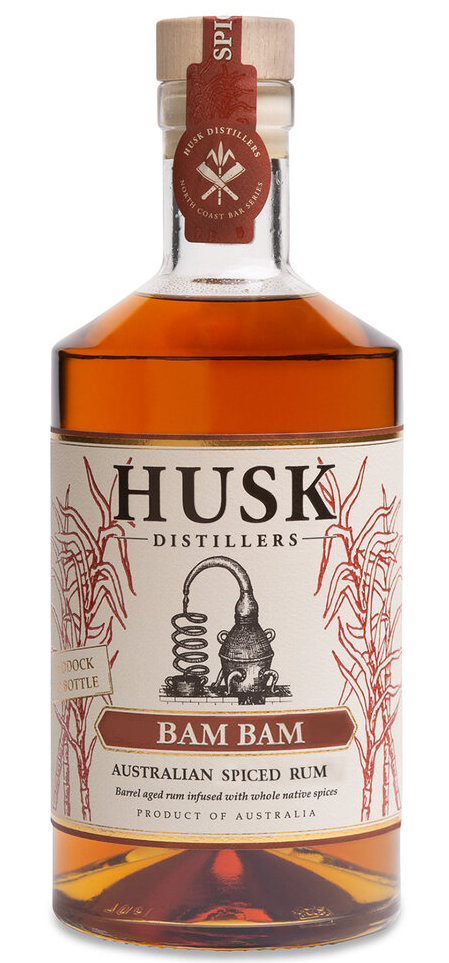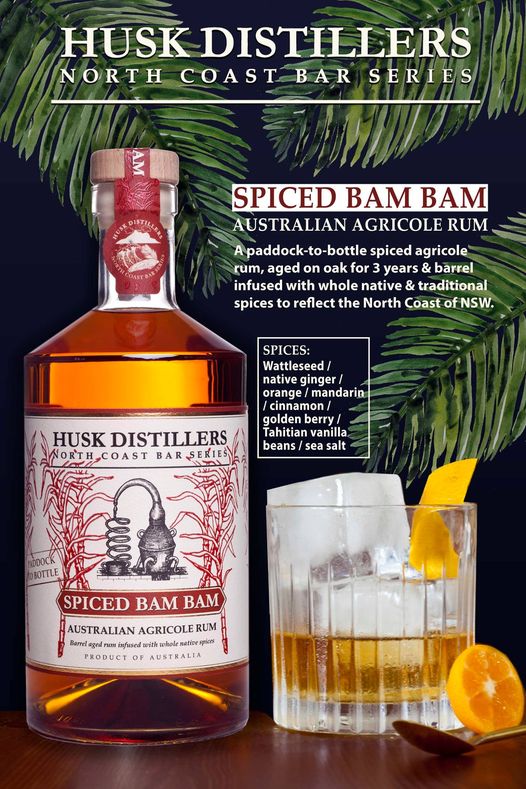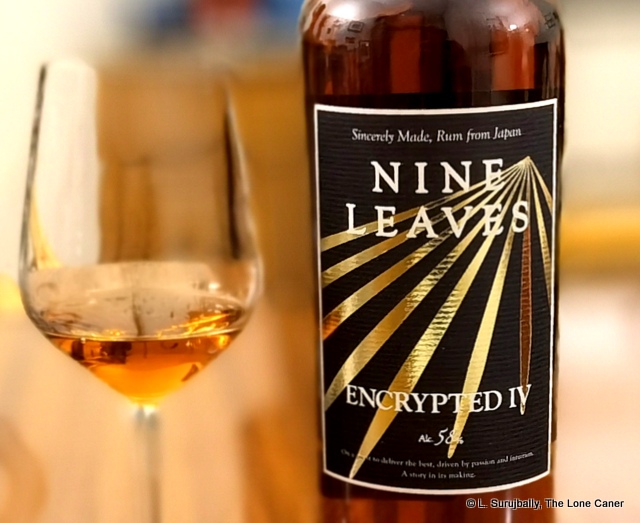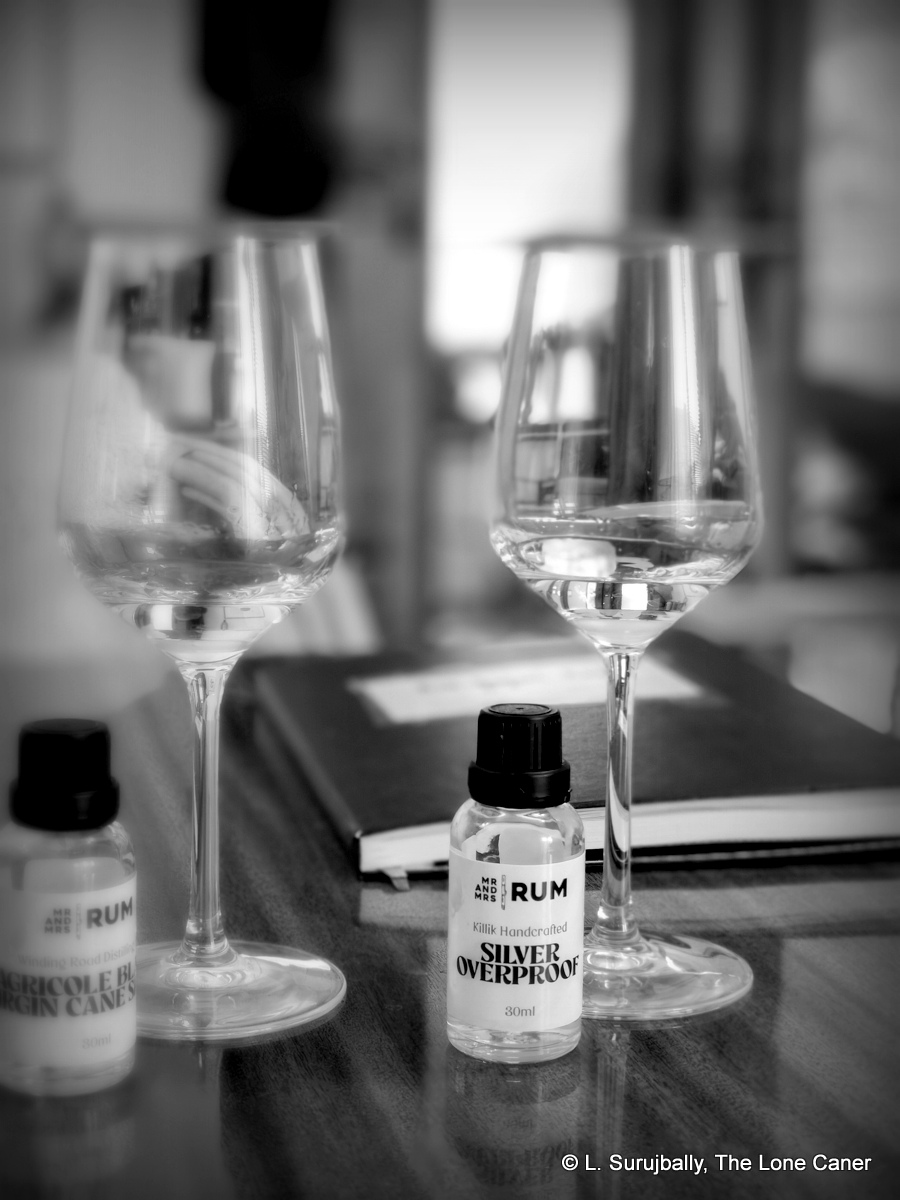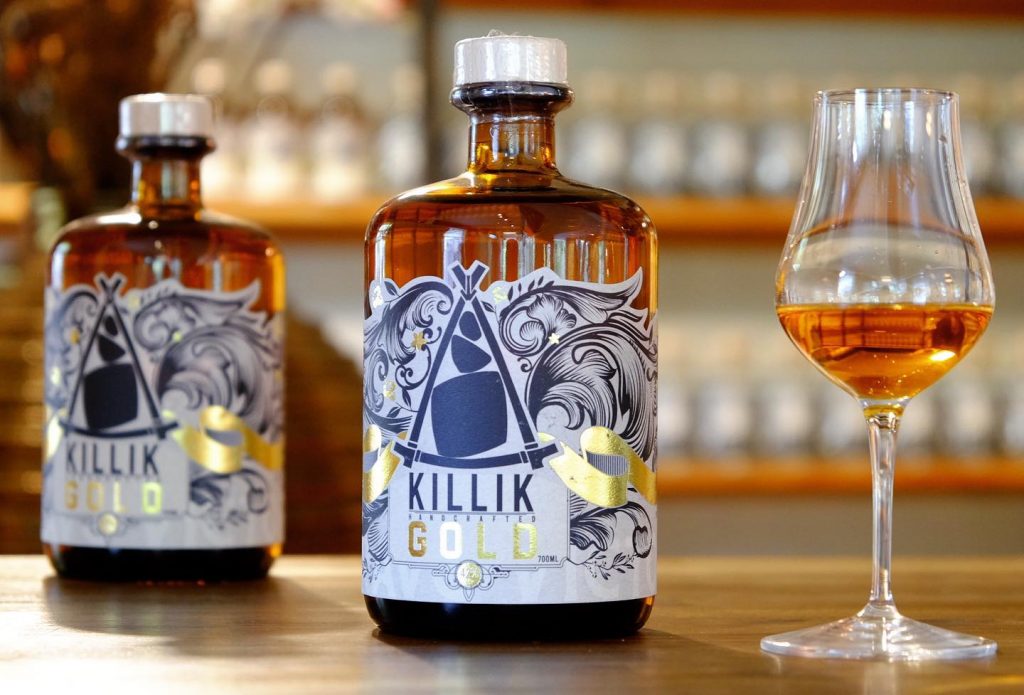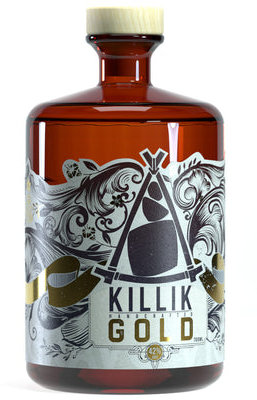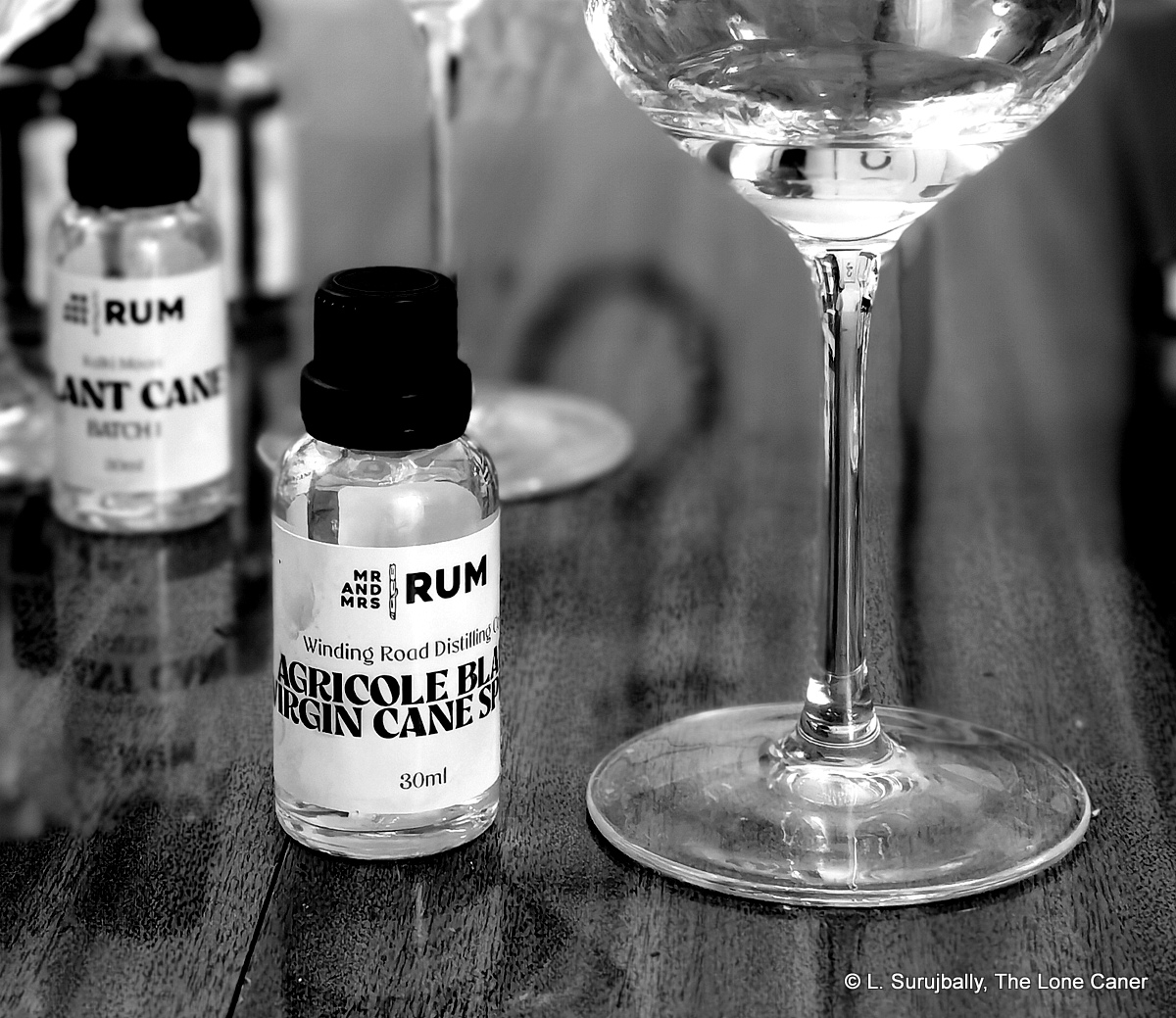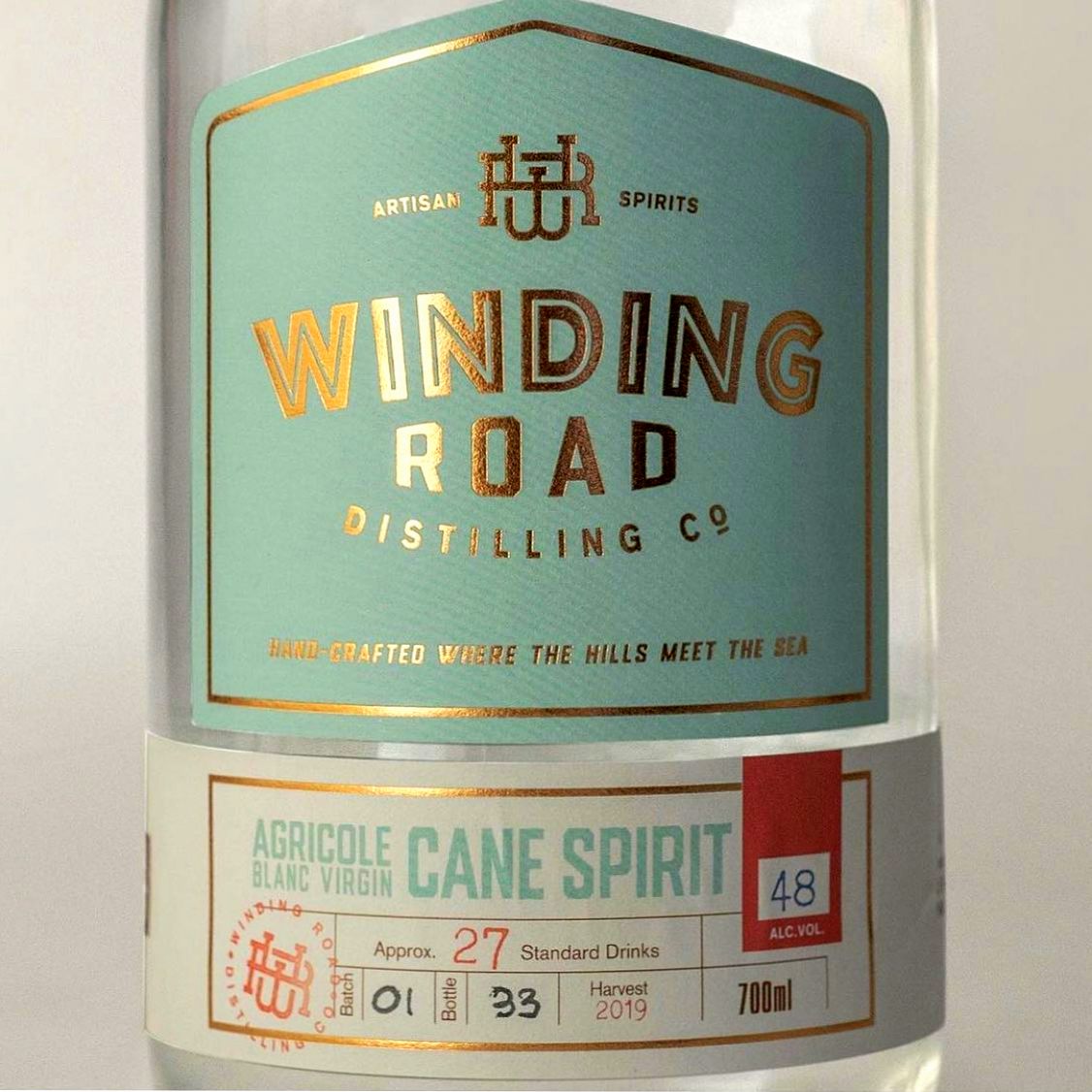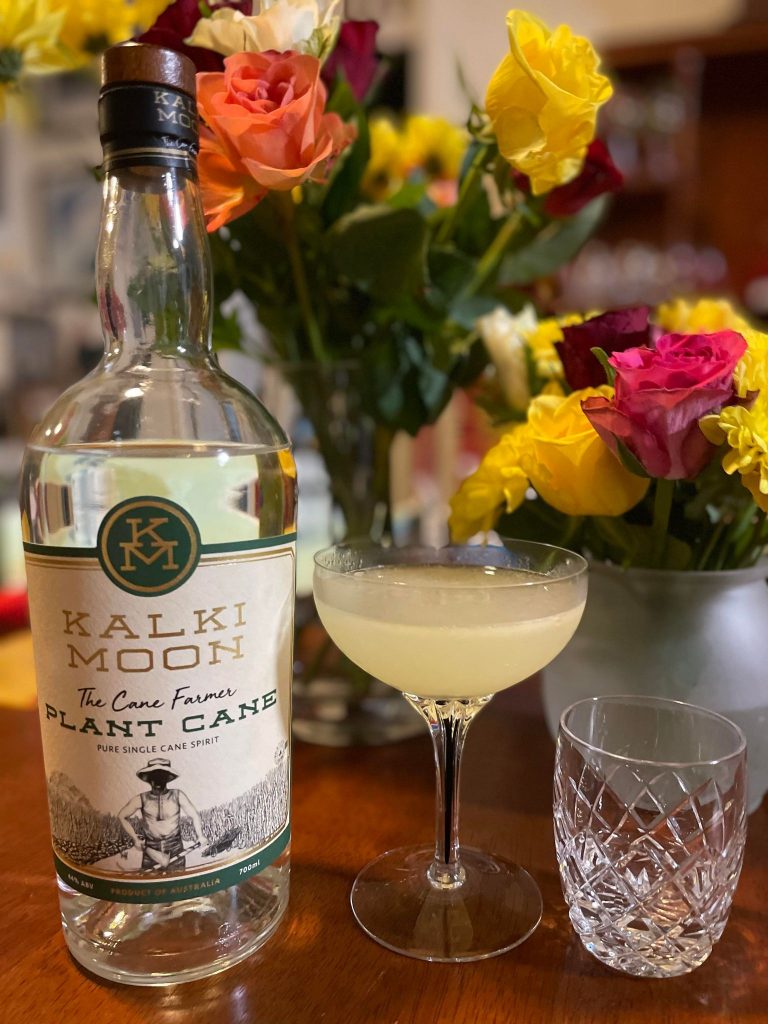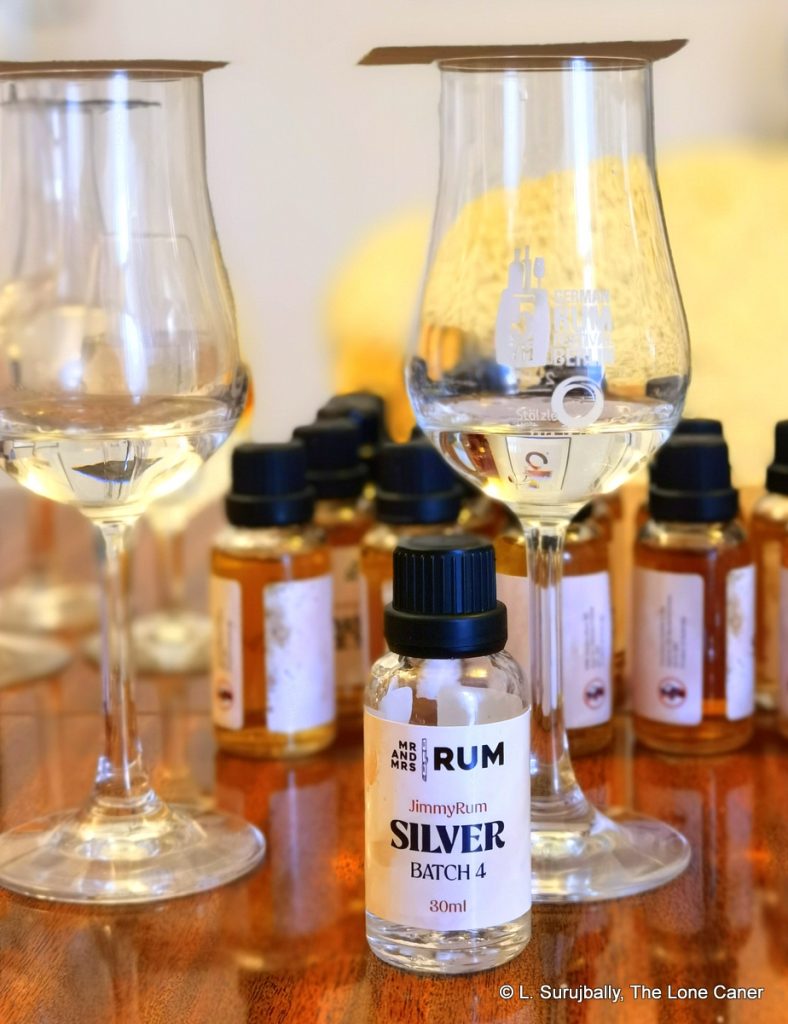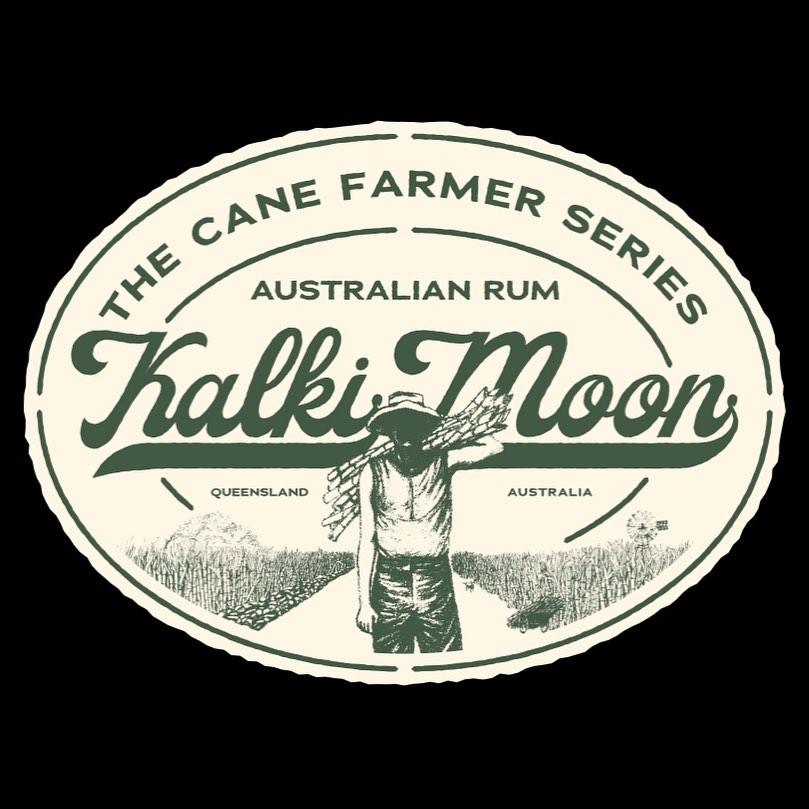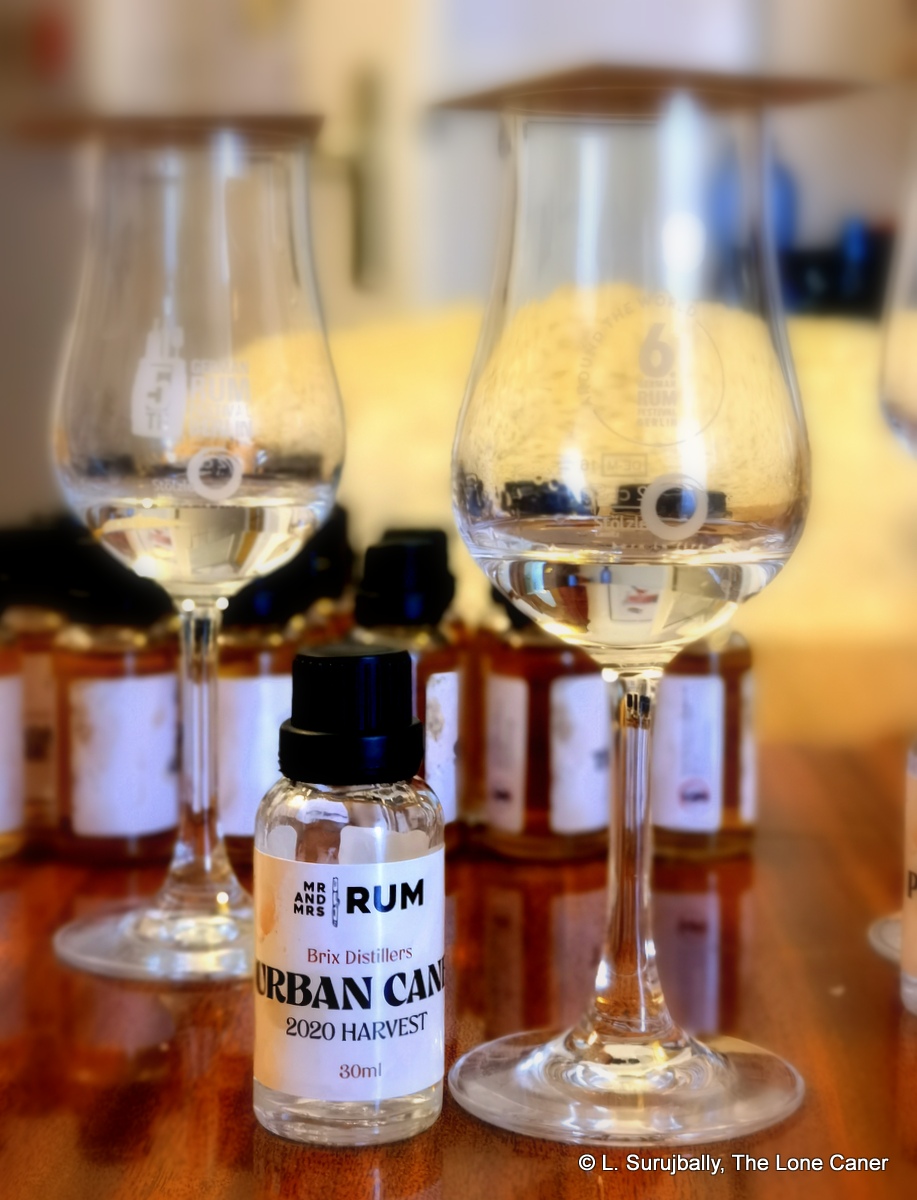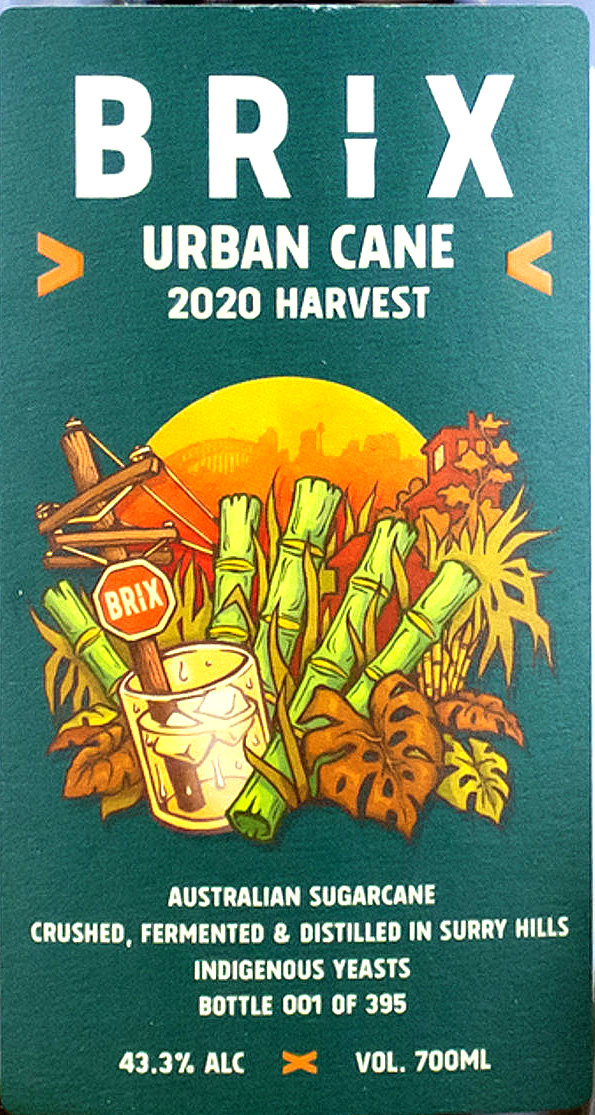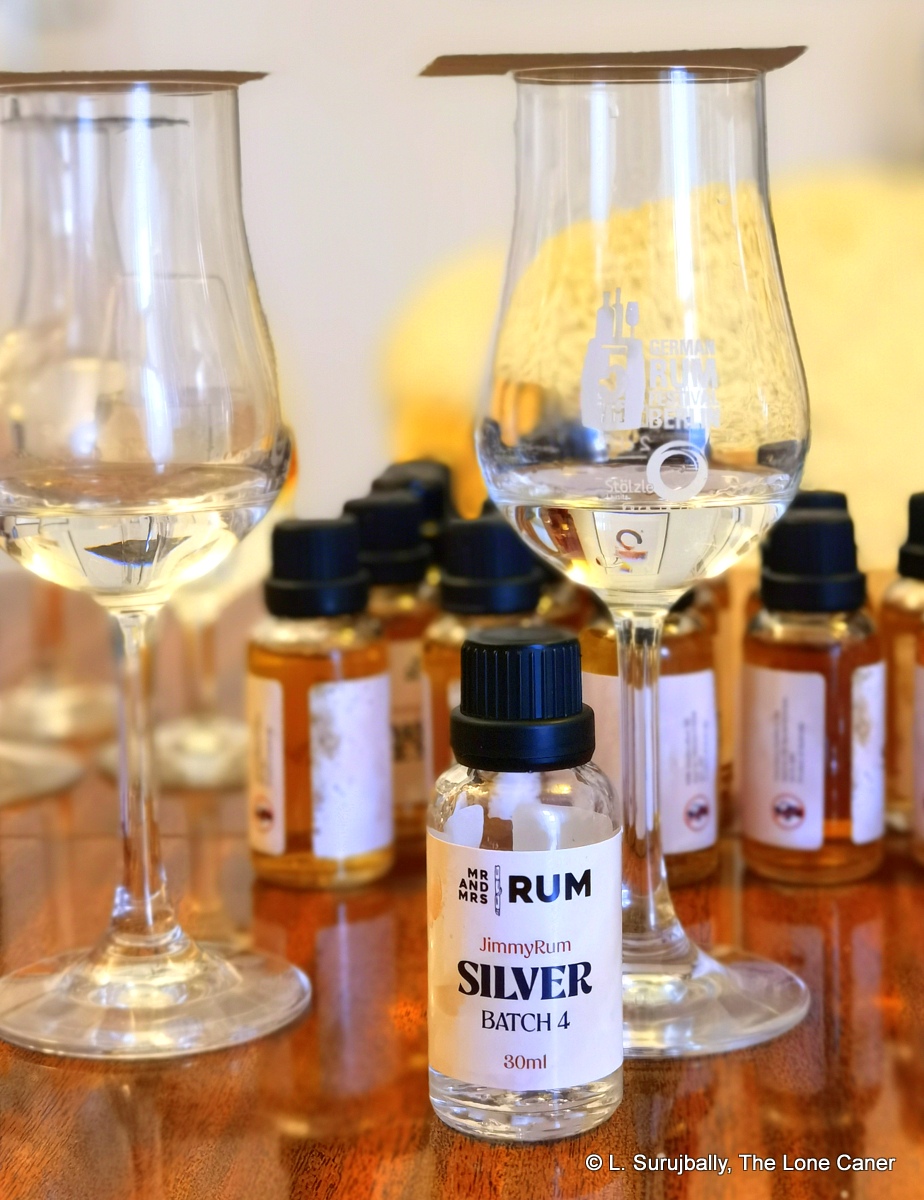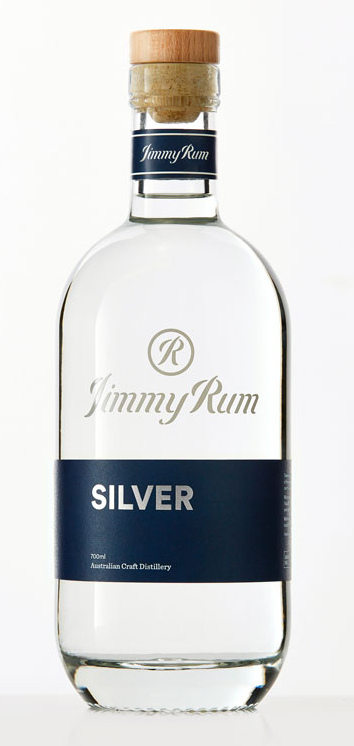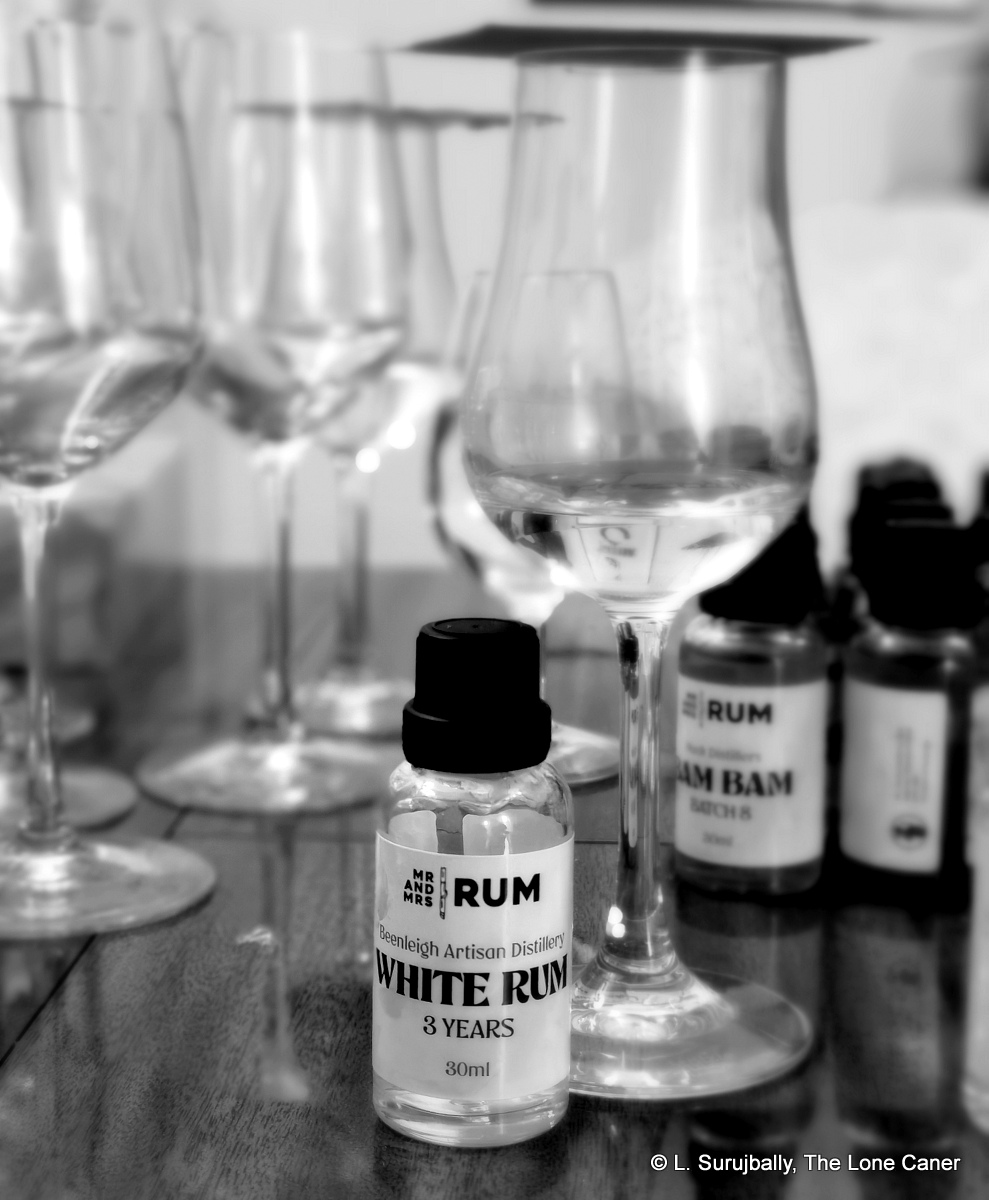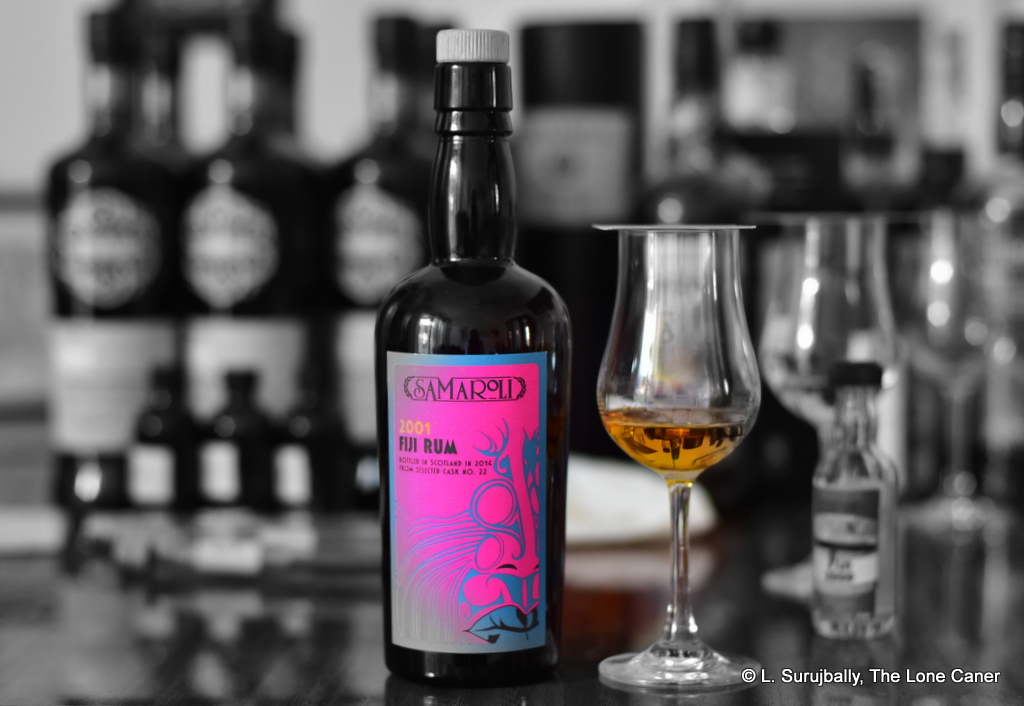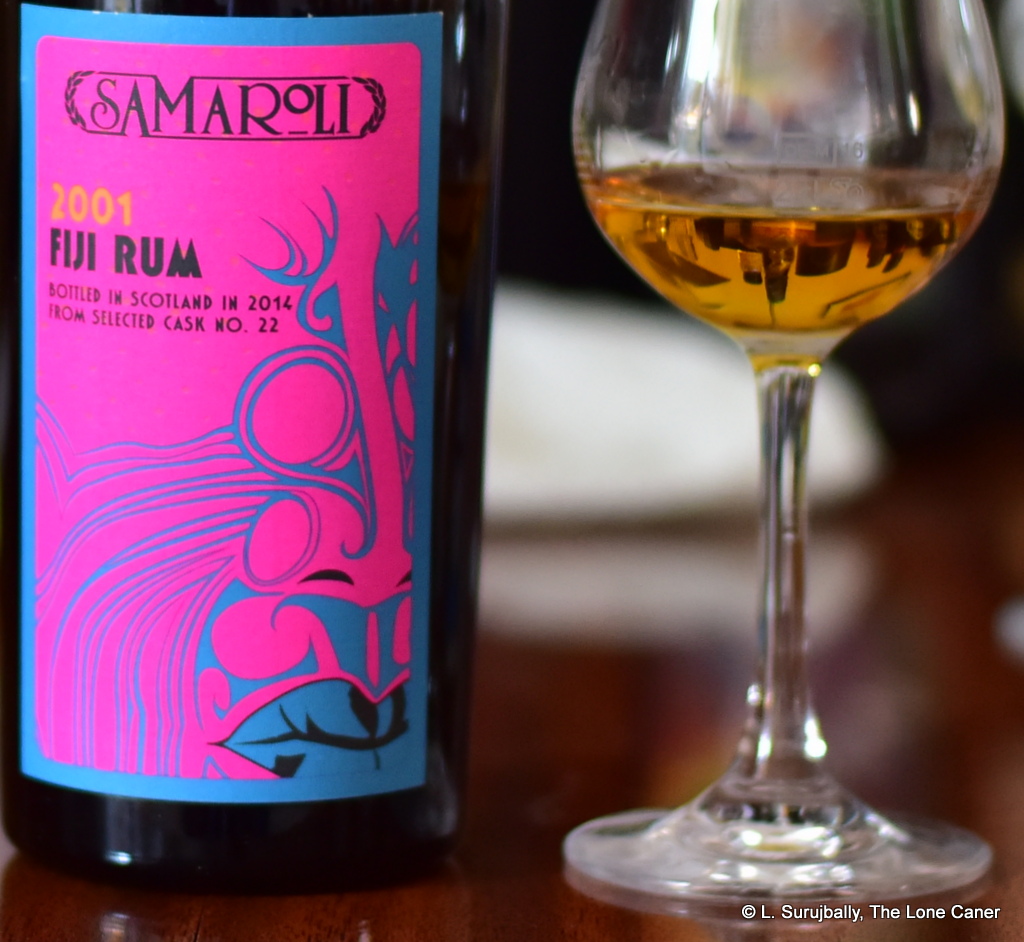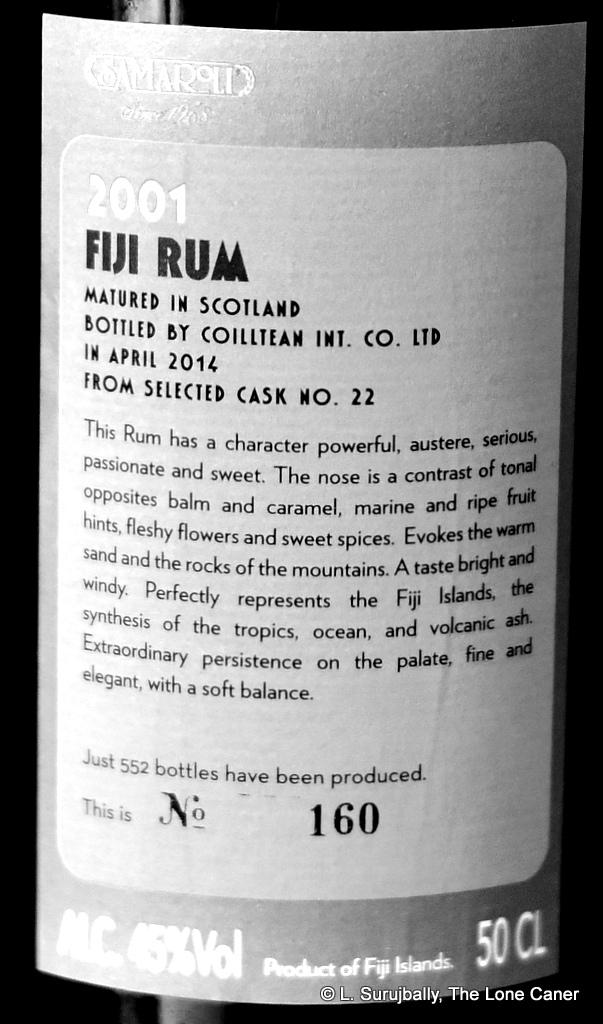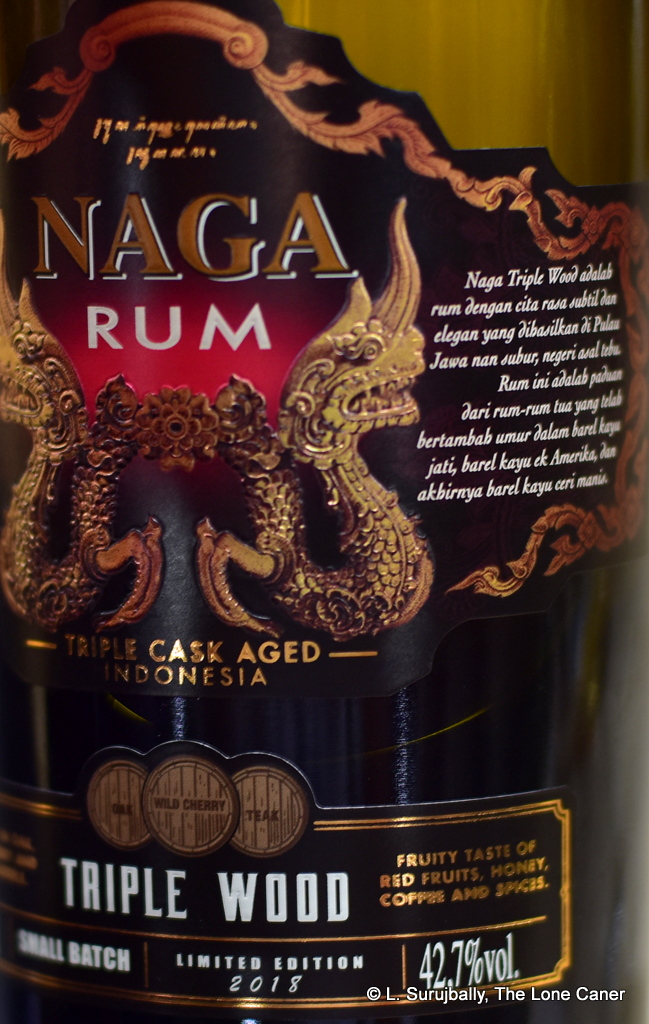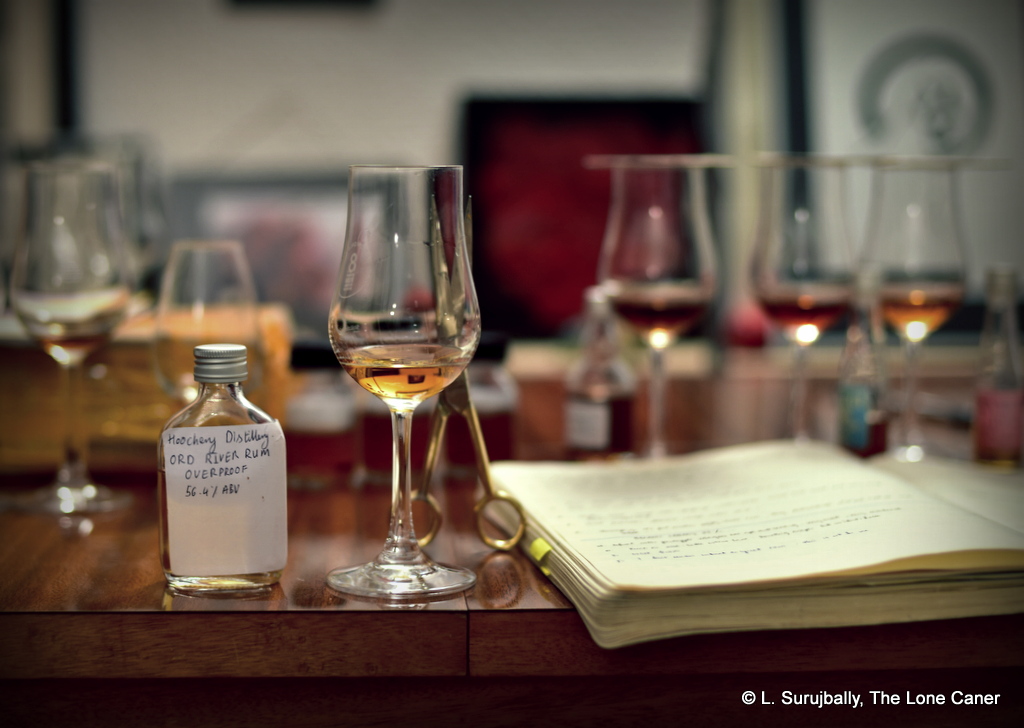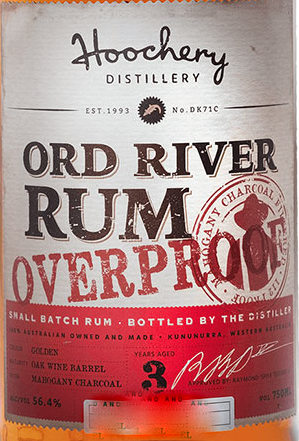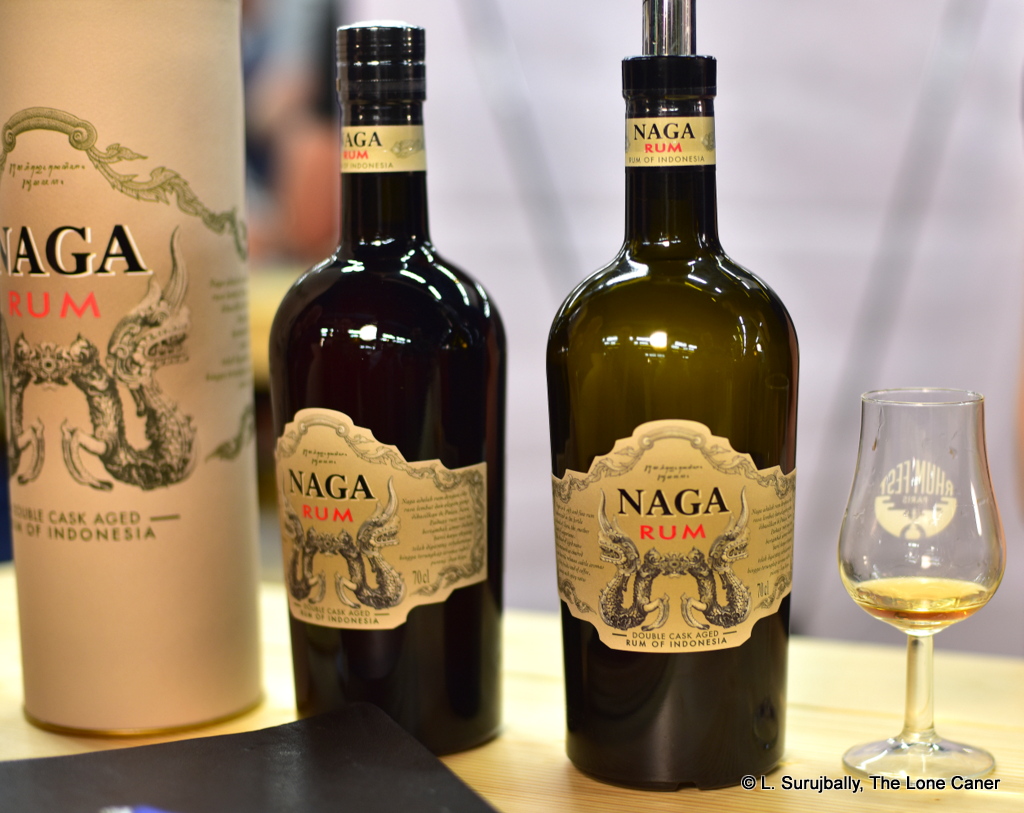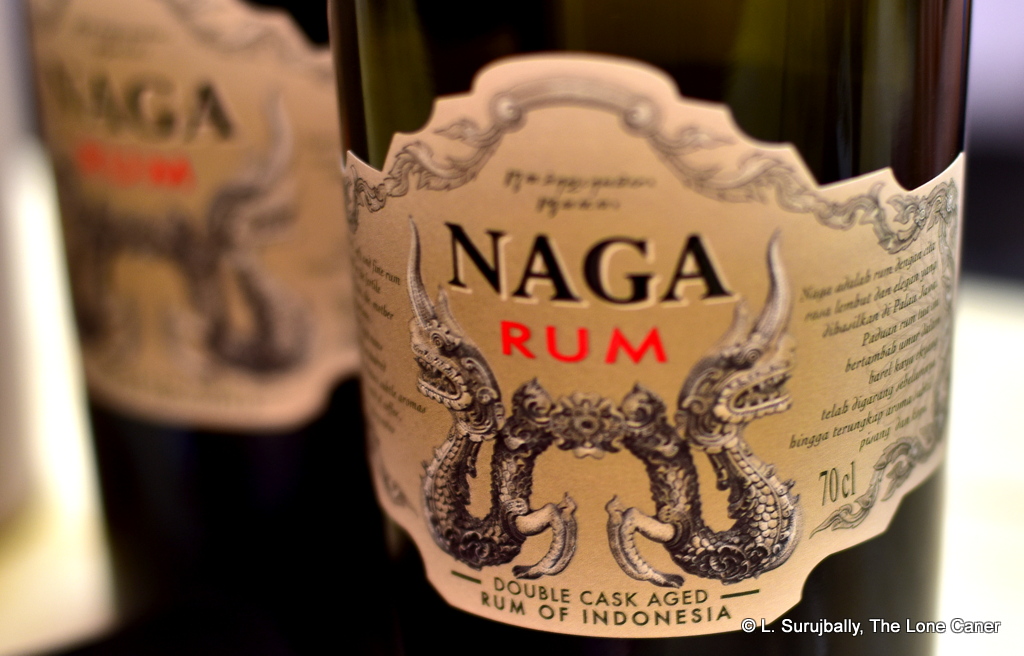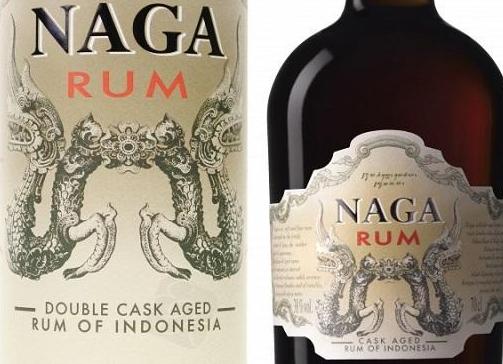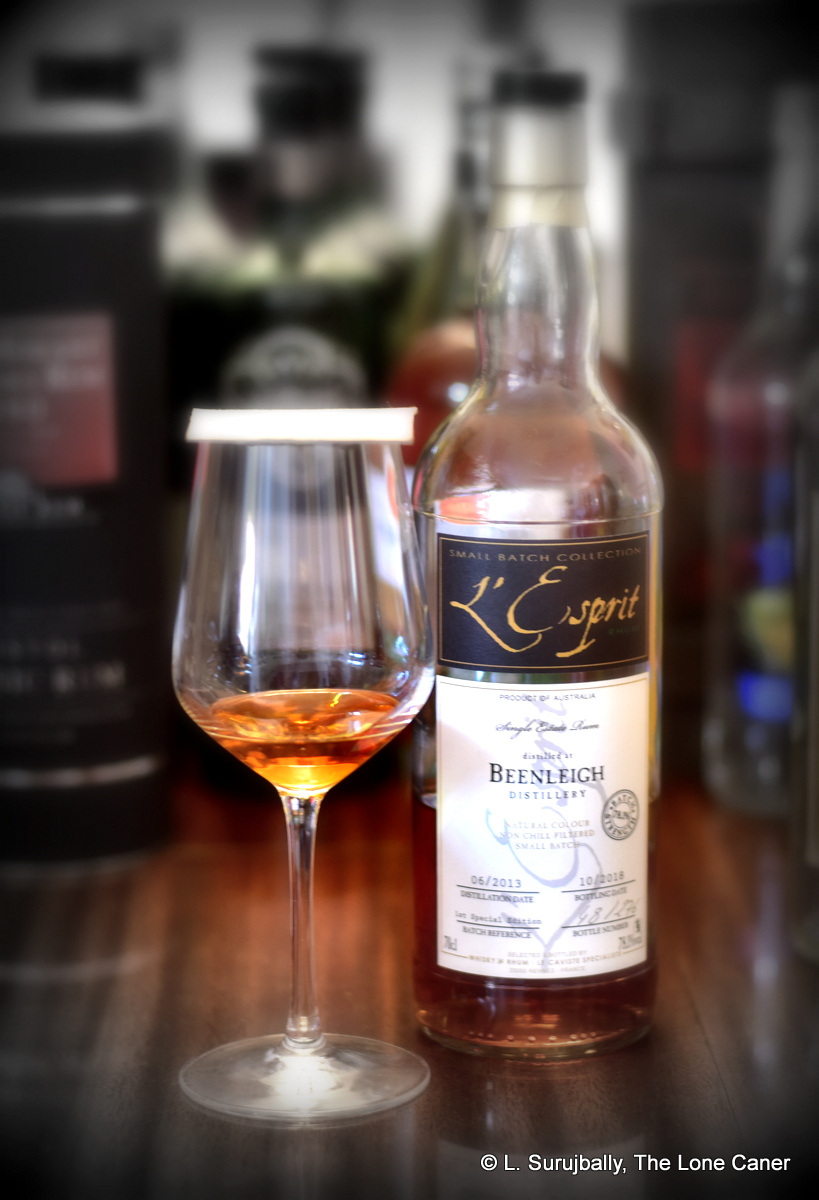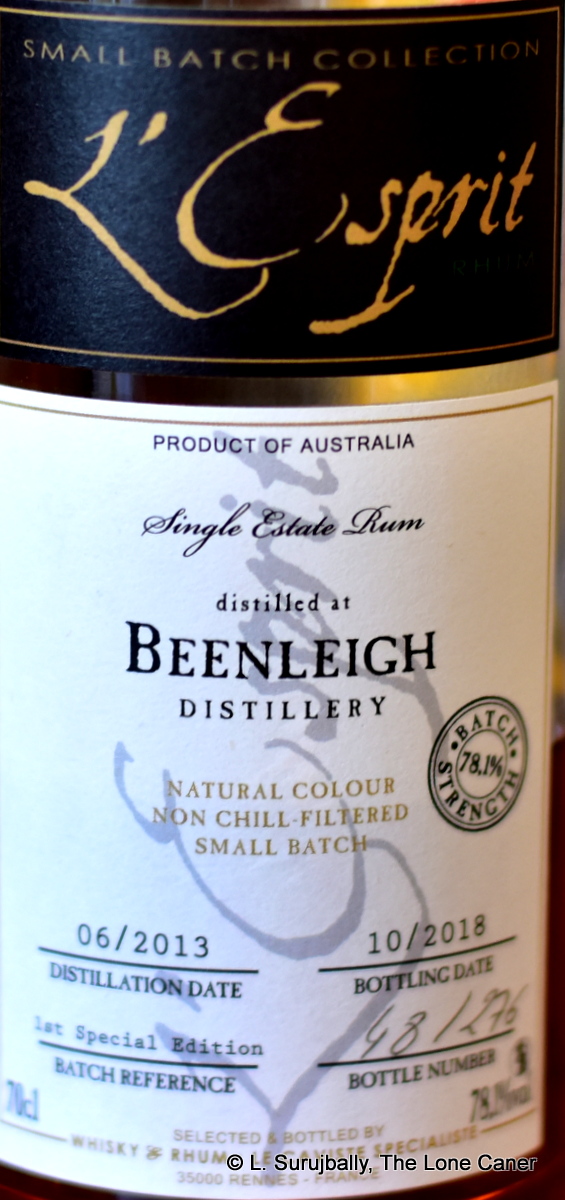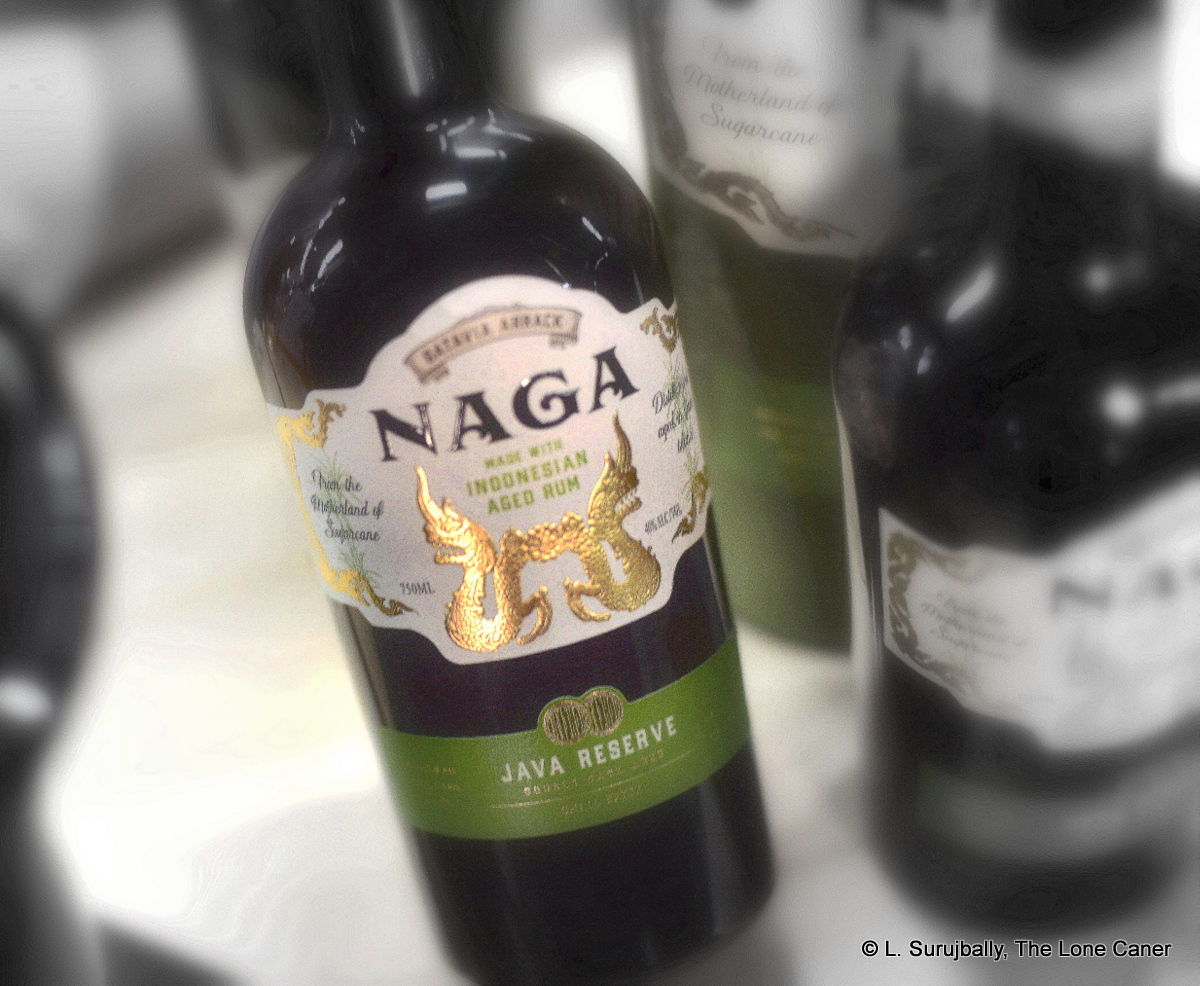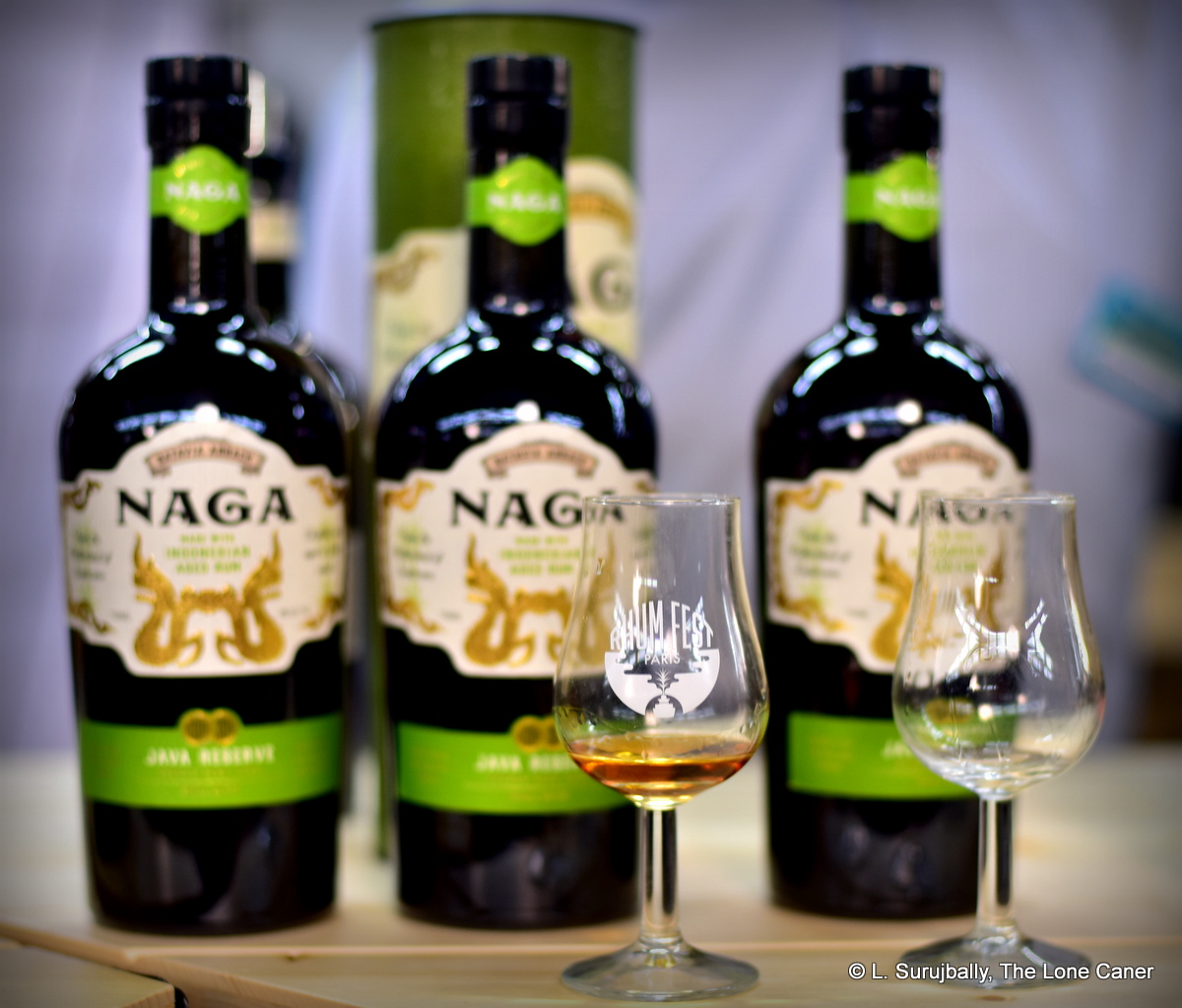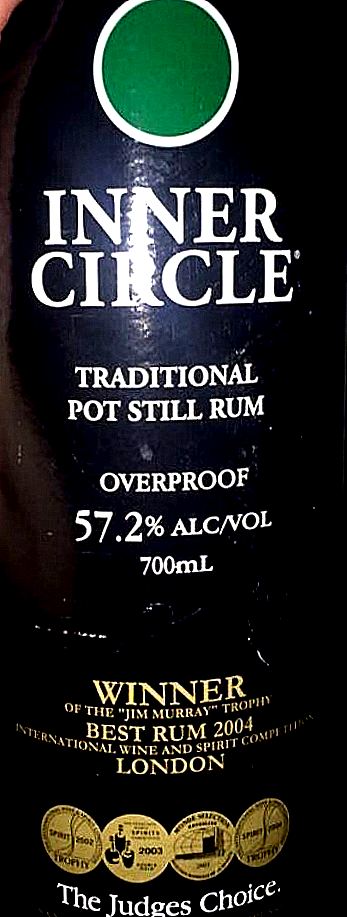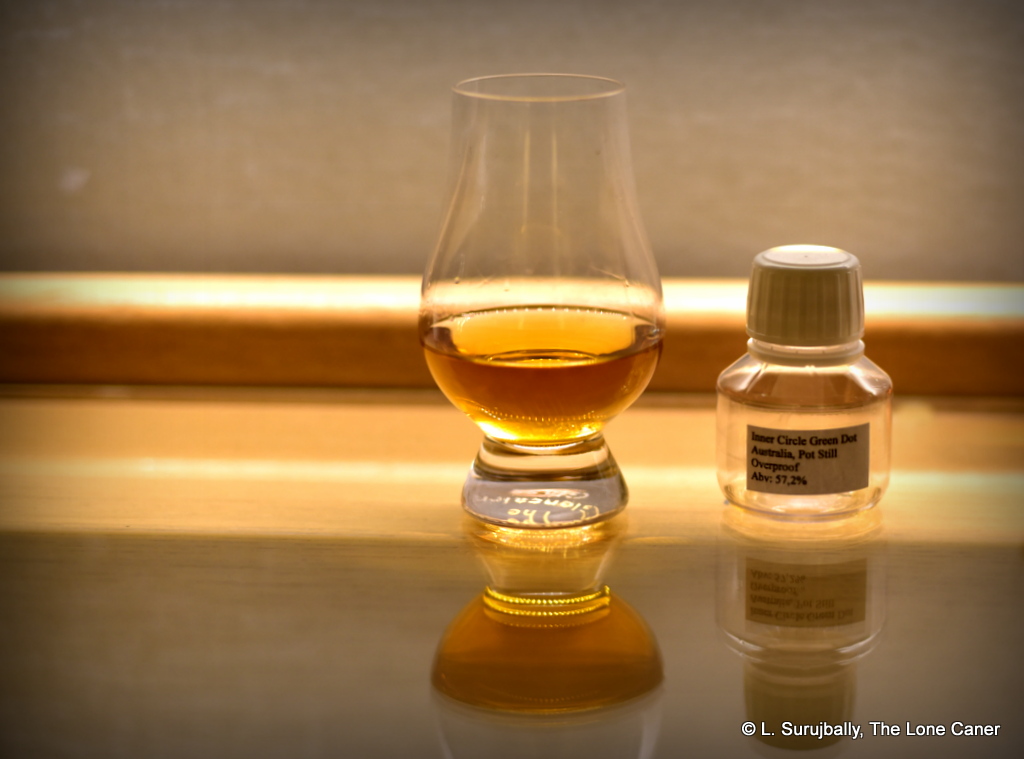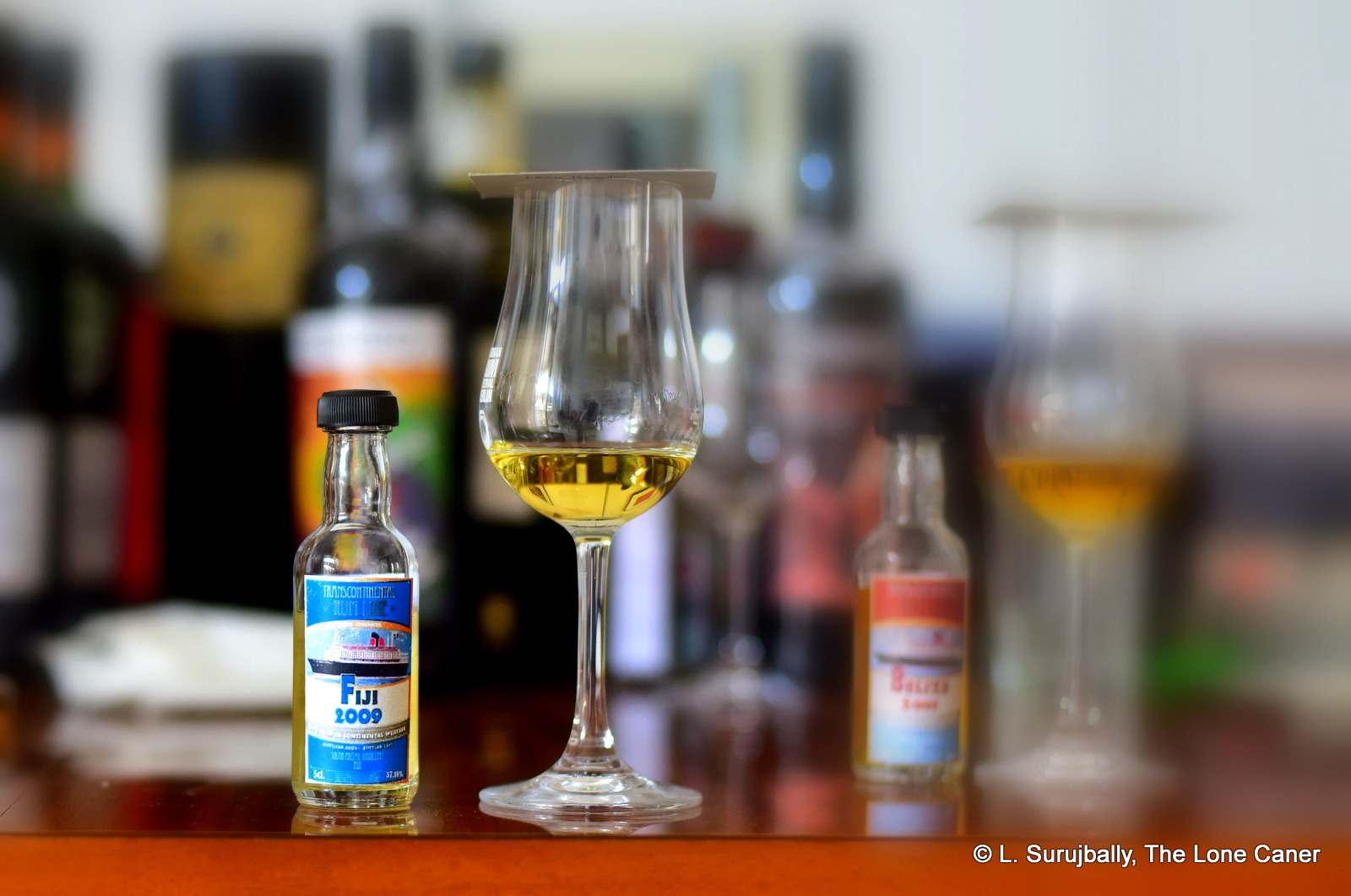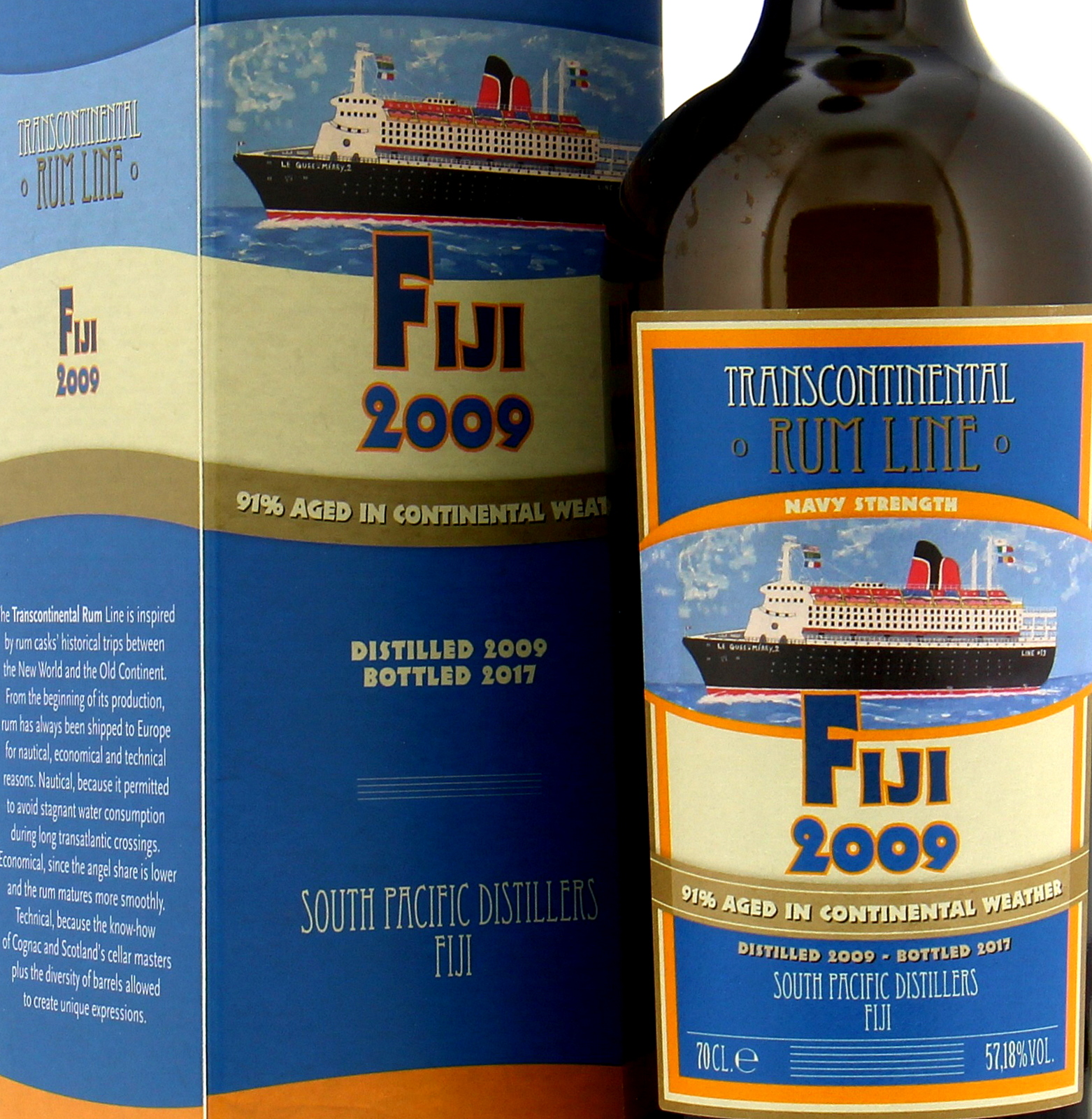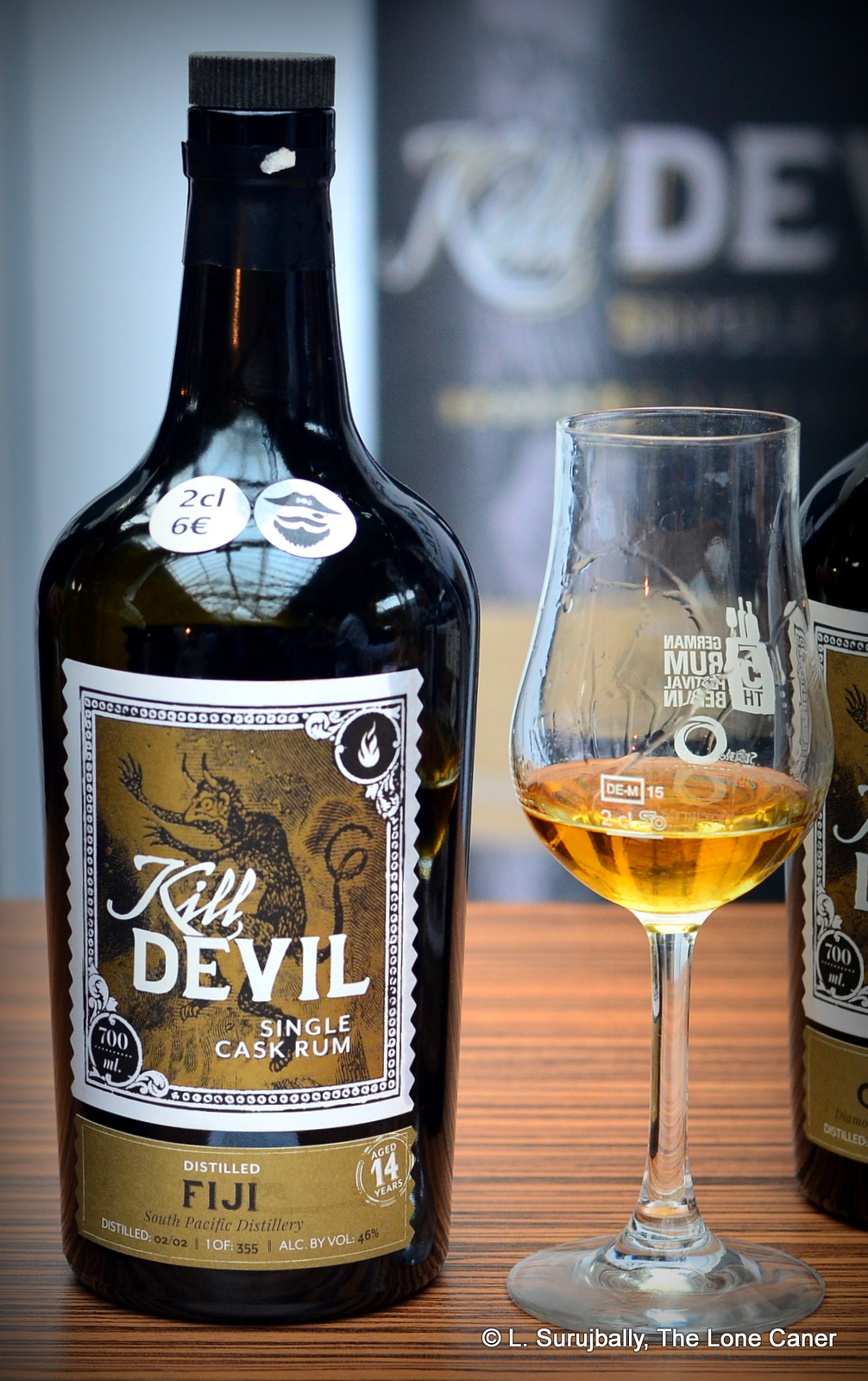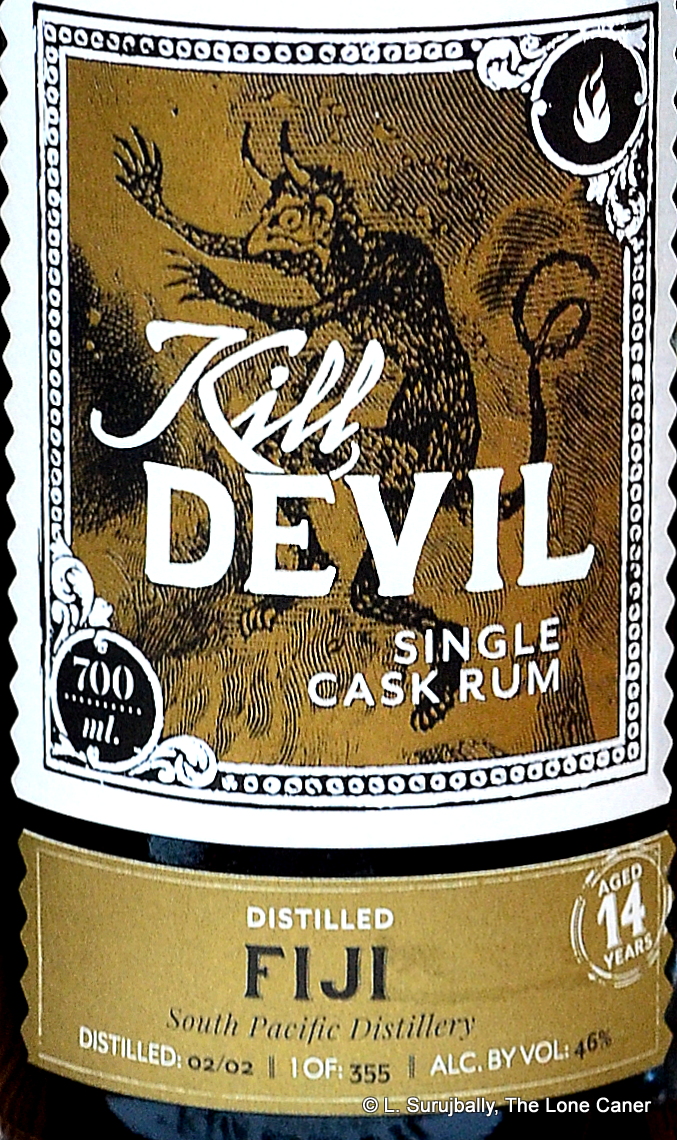In the increasingly crowded Australian spirits marketplace, for a rum maker to stand out means it has to have a unique selling point, some niche aspects of its production that sets it apart in people’s minds from all the other contenders in the marketplace. Killik’s is the one tinkering with the “Jamaican-style” of rum making; Jimmy Rum has its insouciant sense of humour, colourful owner and halcyon location; Beenleigh rests its laurels on being one of the oldest and its origin myth of the shipwrecked pot still; Cabarita Spirits has its vivacious solo proprietress, Brix goes with its yuppie urban vibe, and Bundaberg seems to take a fiendish delight in being equal parts derided and despised the world over. For Husk Distillers though, it’s the focus on producing cane juice based agricole-style rums – this is what they term “cultivated rum” and what they have in fact registered as a trademark with IP Australia.
As was noted in the review of their “Bam Bam” Spiced rum, the company makes a gin called “Ink”, a pair of unaged agricole-style rums at two strengths, a botanical, a spiced, and a few youngish aged rums. In August 2021 they issued “The Lost Blend” virgin-cane aged rum (as opposed to others made with cane having looser morals, one surmises), bringing to mind St Lucia Distillers’ “Forgotten Casks.” Like SLD, Husk had a reason to name this rum “The Lost Blend,” of course: the rum and its name was based on two barrels filled in 2014 and another in 2016 with cane juice distillate run off the 1000-litre hybrid pot-column still – but in the aftermath of the Great Flood in 2017, the hand-written distillation notes that detailed the fermentation histories and distillation cuts for the two 2014 barrels, were destroyed, and so…
These are tragic circumstances for the distillation geek and technical gurus who want the absolute max detail (to say nothing of the distiller who might want to replicate the process). For the casual drinker and interested party, however, there is enough to be going on with: the rums from the two aforementioned years were aged until 2018 in a hot and dry tin shed, before being moved in that year to a cooler barrel warehouse until 2021 when they were slowly married and reduced, to be bottled in August 2021 at 43.5% without any additions, colourings or adulterations – 761 individually numbered bottles form the final release, which is not listed for purchase on the company’s website, because it was offered for sale only to locals at the door, and Husk Rum Club subscribers (as well as on BWS and some local shops).
What’s curious about The Lost Blend is how un-agricole-like it is at all stages of the sipping experience (this is not a criticism, precisely, but it is more than merely an observation). Take for example the nose: it displayed no real herbal grassiness that almost define the cane juice origin style of rum (even the aged ones). It started off with wet cardboard, fresh paint on damp drywall, and some new plastic sheeting. Then it moved on to gingerbread cookies, some plum liqueur, molasses, salt caramel and fudge. A touch of nutty white chocolate, brine, honey and a nice touch of light citrus zest for edge. Nicely warm and quite soft to smell, without any aggro.
If I had to use a single word to describe the palate it might be “spicy” (in multiple ways). And that’s because it was – initial tastes were ginger, cinnamon, anise and vanilla, with a touch of pears, overripe apples, raisins, brown sugar and salted caramel ice cream. There were a few bitter notes of oak and old coffee grounds, but the citrus acidity was long gone here, and overall, even with a short and relatively dry finish that was redolent toffee and unsweetened dark chocolate it presented nicely as a light ‘n’ easy sipper that just wanted to please without going off like a frog in a sock.
Given that the Lost Blend was a rum comprising four- and six-year-old components, it’s almost as surprising to see so much come through the ageing process as what exactly emerged at the other end. I attribute the tastes I discerned to a combination of the subtropical climate and (a guess here) smaller and maybe newer casks that provided those quick and easy notes. What is more baffling is how little evidence there is of the rum actually being from cane juice, because tasted blind (as it was), my scribbled remarks read more like some solid young Latin-style ron than anything else. I did like it more than the spiced Bam Bam, though, and it is well made and works well as a softly tasty warm-weather sundowner: but my advice is to enjoy it for what it is and not to look for serious local terroire or a recognizable agricole-style flavour profile — because that, I’m afraid, just isn’t there.
(#901)(82/100) ⭐⭐⭐½
Other Notes
- As with all the reviewed Australian rums from the 2021 Aussie Advent Calendar, a very special shout out and pat of the Panama to Mr. And Mrs. Rum, who sent me a complete set free of charge. Thanks, as always.
- More notes on the company can be found in the Bam Bam Spiced Rum review.

